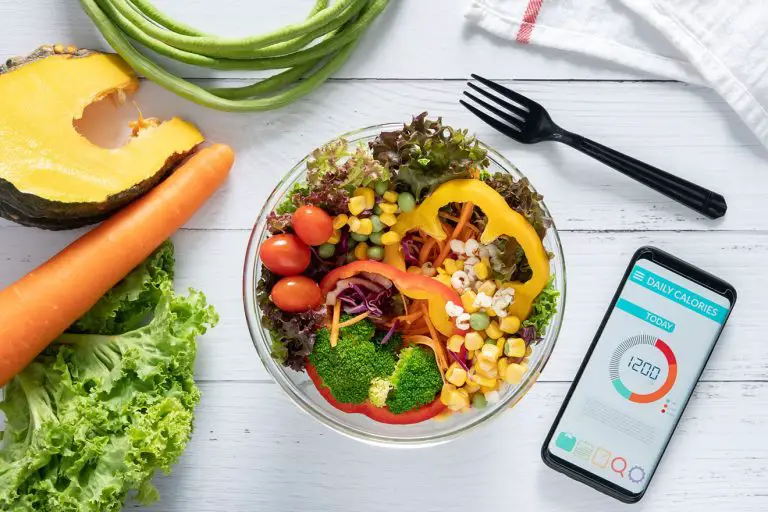The best low-impact cardio exercises that still burn big calories
Key takeaways
- High-intensity and high-impact workouts may not be suitable for those who have injuries or joint problems, or those who have been sedentary for a prolonged period of time. Low-impact cardio exercises are a good alternative for those who are unable to participate in high-intensity workouts.
- Rowing, swimming, cycling, and even walking are great options for low-impact cardio exercises since they engage multiple muscle groups without stressing the joints.
- The key to maximizing low-impact cardio is to do these exercises consistently and increase intensity by incorporating intervals or mixing different low-impact exercises.
High intensity isn’t always the way
When people think about burning calories and losing fat, they often imagine high-intensity, high-impact workouts like running, jumping, or HIIT sessions that leave you breathless and sore. While these exercises can be effective, they aren’t always the best option for everyone, especially those with joint issues, injuries, or a desire for a more sustainable and lower-risk approach to fitness. Fortunately, there are several low-impact cardio exercises that not only protect your joints but also burn significant calories and improve cardiovascular health.
In this article, we’ll explore the best low-impact cardio exercises that still deliver big calorie burns, offering a smarter way to sweat without the physical toll on your body.
What is low-impact cardio?
Low-impact cardio refers to exercises that put minimal stress on your joints. This means there is little to no jumping, running, or pounding movements involved. Low-impact cardio exercises are an excellent choice for people with joint pain, arthritis, previous injuries, or anyone looking for a gentler approach to staying fit. However, low-impact doesn’t mean low intensity—many of these workouts can still raise your heart rate, improve your cardiovascular endurance, and burn a lot of calories.
The key is to engage in activities that keep your heart pumping without the need for high-impact movements. Here are the best low-impact cardio exercises that still help you torch calories and achieve your fitness goals.
Rowing: a total-body calorie burner
Rowing is one of the most effective low-impact cardio exercises for burning calories while engaging almost every major muscle group in your body. Whether you use a rowing machine or hit the water, this exercise targets your legs, back, arms, and core, making it a full-body workout.
The constant, smooth motion of rowing minimizes stress on your joints while providing a challenging cardiovascular workout. It’s estimated that an hour of moderate rowing can burn between 400-600 calories, depending on your intensity and body weight. Rowing also builds endurance and muscular strength, especially in the upper body and core, making it a great choice for anyone looking to improve overall fitness.
Swimming: a joint-friendly calorie crusher
Swimming is another fantastic low-impact cardio option that’s incredibly joint-friendly. The buoyancy of water reduces the stress on your joints while still allowing for a full-body workout. Swimming engages your arms, legs, core, and back, making it both a cardiovascular and muscular endurance exercise.
In terms of calorie burn, swimming at a moderate pace can burn anywhere from 400-600 calories per hour, depending on your stroke and effort. If you increase your pace or incorporate interval training, you can push that number even higher. Additionally, swimming improves lung capacity, cardiovascular health, and overall stamina, all while being one of the gentlest forms of exercise on your joints.
Cycling: pedal your way to fat loss
Cycling, whether on a stationary bike or outdoors, is another low-impact cardio option that can help you burn serious calories. Because cycling involves a smooth pedaling motion, it’s gentle on your knees, hips, and ankles. Yet, despite being low-impact, it can still give you a significant cardiovascular workout and help build strength in your lower body, particularly your quadriceps, hamstrings, and calves.
Calorie burn while cycling varies depending on the intensity, but you can expect to burn between 400-800 calories per hour. Adding intervals, such as alternating between high and moderate speeds or increasing resistance, can further increase the calorie burn. Cycling also improves your cardiovascular endurance, balance, and leg strength without the risk of joint damage.
Elliptical machine: a staple cardio option
The elliptical machine is a staple in many gyms for a good reason—it provides a highly effective low-impact cardio workout. The machine mimics the motion of running or walking but without the high impact on your joints. With adjustable resistance and incline settings, you can easily modify the intensity to suit your fitness level and goals.
In terms of calorie burn, an hour on the elliptical can burn between 300-600 calories, depending on the intensity. By engaging both your arms and legs, the elliptical provides a full-body workout while targeting your cardiovascular system. It’s especially good for people with knee or hip issues who still want the benefits of a high-intensity cardio session.
Walking: the underrated fat-burning exercise
Walking may seem like a simple, everyday activity, but when done at a brisk pace, it’s an incredibly effective low-impact cardio exercise. Walking at a moderate to fast pace engages your leg muscles, boosts your heart rate, and burns calories—all without the pounding impact of running.
While it may not burn as many calories per minute as more intense exercises, walking consistently over time can lead to significant calorie burn and fat loss. A brisk walk (around 3.5-4 mph) can burn between 250-400 calories per hour, depending on your weight and pace. To increase calorie burn, consider walking on an incline or incorporating intervals where you walk faster for short bursts.
Walking also improves your cardiovascular health, strengthens your leg muscles, and can be easily incorporated into your daily routine, making it an accessible and sustainable form of exercise for nearly everyone.
Low-impact HIIT: maximum results with minimal joint stress
High-Intensity Interval Training (HIIT) is known for its calorie-torching potential, but did you know you can modify HIIT to be low-impact? Low-impact HIIT involves performing exercises that avoid jumping or other high-impact movements but still alternate between intense effort and recovery periods.
Exercises like low-impact mountain climbers, step-ups, rowing, and fast cycling can be used in a HIIT format, allowing you to maximize calorie burn without straining your joints. By incorporating short bursts of high-intensity effort followed by brief recovery periods, you can keep your heart rate elevated and continue burning calories even after your workout is over (thanks to the afterburn effect).
Low-impact HIIT can burn upwards of 400-700 calories per hour, depending on your effort and exercise selection, making it an efficient and joint-friendly way to improve fitness and burn fat.
Why do low-impact cardio?
The misconception that high-intensity, high-impact exercises are the only way to burn significant calories is far from the truth. Low-impact cardio exercises are often overlooked, but they can provide similar benefits without the risk of injury or long-term joint damage. These exercises allow you to build cardiovascular endurance, burn fat, and improve overall fitness in a sustainable way.
Low-impact exercises are also highly versatile, allowing people of all fitness levels to participate. Whether you’re recovering from an injury, dealing with joint pain, or simply looking for a less strenuous option, low-impact cardio offers an effective and safer alternative for staying fit.
Maximizing low-impact cardio
While low-impact cardio may be gentler on your body, the key to maximizing its effectiveness is consistency and intensity. To burn big calories and achieve your fitness goals, you’ll need to push yourself during your workouts. Increase the intensity by incorporating intervals, increasing the resistance, or extending the duration of your sessions.
Regularly varying your routine with different low-impact exercises can also prevent plateaus and keep your workouts exciting. Whether it’s swimming one day, rowing the next, or hopping on the elliptical, mixing things up will keep your body challenged and help you see long-term results.
Sweat smarter for long-term fitness
Low-impact cardio exercises offer a smarter way to sweat, allowing you to protect your joints while still burning significant calories and improving your cardiovascular health. From swimming to rowing to low-impact HIIT, there are plenty of options to keep your workouts effective and engaging.
By incorporating these exercises into your fitness routine, you’ll not only achieve fat loss but also build endurance, strength, and overall health—all without risking injury or joint damage.
Written with the assistance of AI. Reviewed and edited by Marielle Livelo.







